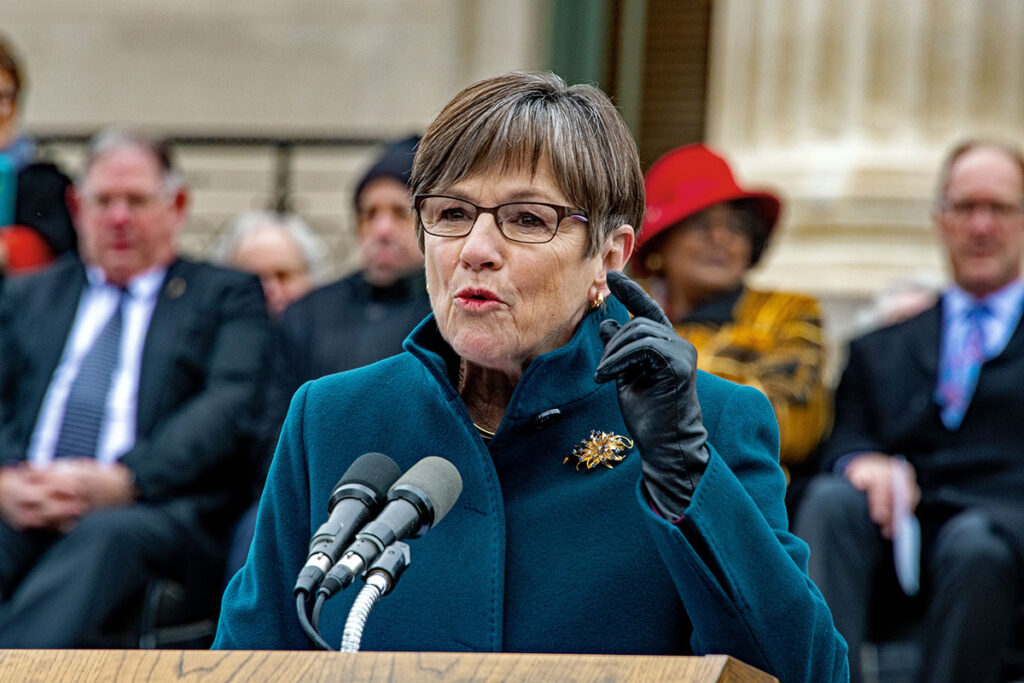Once again, the Kansas Supreme Court has made a ruling on public school financing. In the much anticipated Gannon case, last Friday the court ruled that certain aspects of public school funding in Kansas are unconstitutional. Many are asking a simple question in response to the decisions – Does this mean the legislature (through Kansas taxpayers) will be forced to pony-up more money for schools across the state?
Only time will tell what Gov. Brownback and the legislature choose to do in this regard.
From the perspective of this teacher, this is the second time in a decade the court has ruled that the legislature is incorrectly funding public education. The decision in Montoy in 2005 infused hundreds of millions of additional dollars into schools across the state. I was a teacher in Topeka 501 when the increase was made.
Of course, all this new money went directly to improving student achievement by putting more teachers in buildings and providing them with more resources and programs, right?
Not where I teach.
Actually, it resulted in many of my colleagues and me getting a nice big raise. And to that I say “thank you.” Did more money make me try to do better by my students? No. Did more money somehow make me more dedicated to my profession? Huh-uh. In short, did more money make me a better teacher? Of course not. These raises were not based on merit, by any definition. They were handed out evenly through a compensation system that does a disservice to the profession. “Merit pay” is certainly controversial amongst many teachers but is simply a way, properly structured, to reward those best able to help students. Dumping more money on everyone as was done post-Montoy, while certainly appreciated individually, does nothing to change the basic structure of how teachers are compensated.
Coincidentally, the state assessment scores in our building and across the state also increased. Some have credited this to the Montoy money. But this must be taken with a note of caution because, as any decent research analyst can tell you, there is a difference between correlation and causation.
At my school, Lowman Hill, and probably in most other Kansas schools, I am certain that test scores increased not because of Montoy money, but because of increased attention paid to student achievement. We were more focused on outcomes over process, and we used our resources more wisely to increase student performance.
At this point, no one can definitively say what the financial bottom line of the Gannon decision is going to be. Trying to understand the court’s ruling, what the legislature’s response might be, and what the lower court will do with what the Supreme Court remanded to them, which will then be layered over the complexities of the school funding formula is more mind boggling than a David Cronenberg movie (The Fly for those who rely on 80s cinema references or A History of Violence or Eastern Promises for those with shorter memories).
But, what I do understand is that the court recognized that simply the amount of money does not define what makes an adequate education. Specifically the opinion read, “total spending is not the touchstone for adequacy.” This should be taken as an opportunity – an opportunity to give the approach to education a parallax view. Education of all Kansas students could start to be looked at from the perspective of outcomes (i.e. student achievement) instead of inputs (i.e. money). Let’s hope so.
I’ll end with this thought: no amount of money will improve education without accompanying systemic changes. And those changes will come when the perspective changes.




